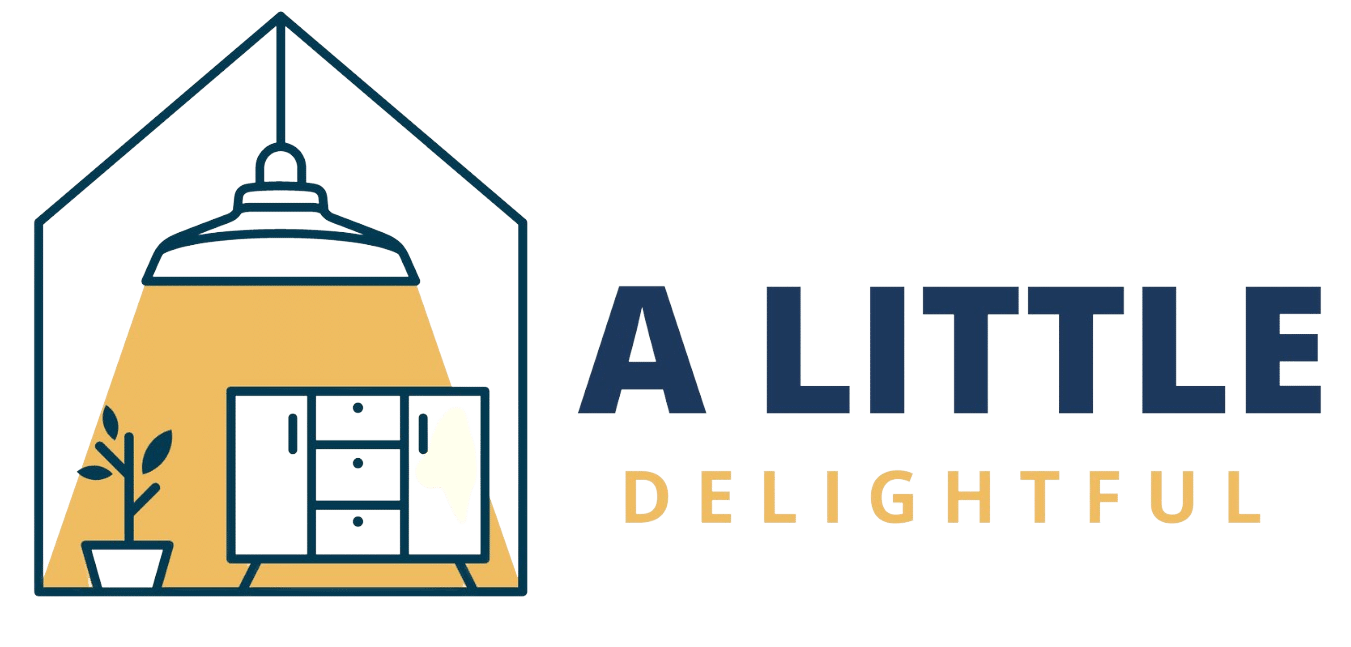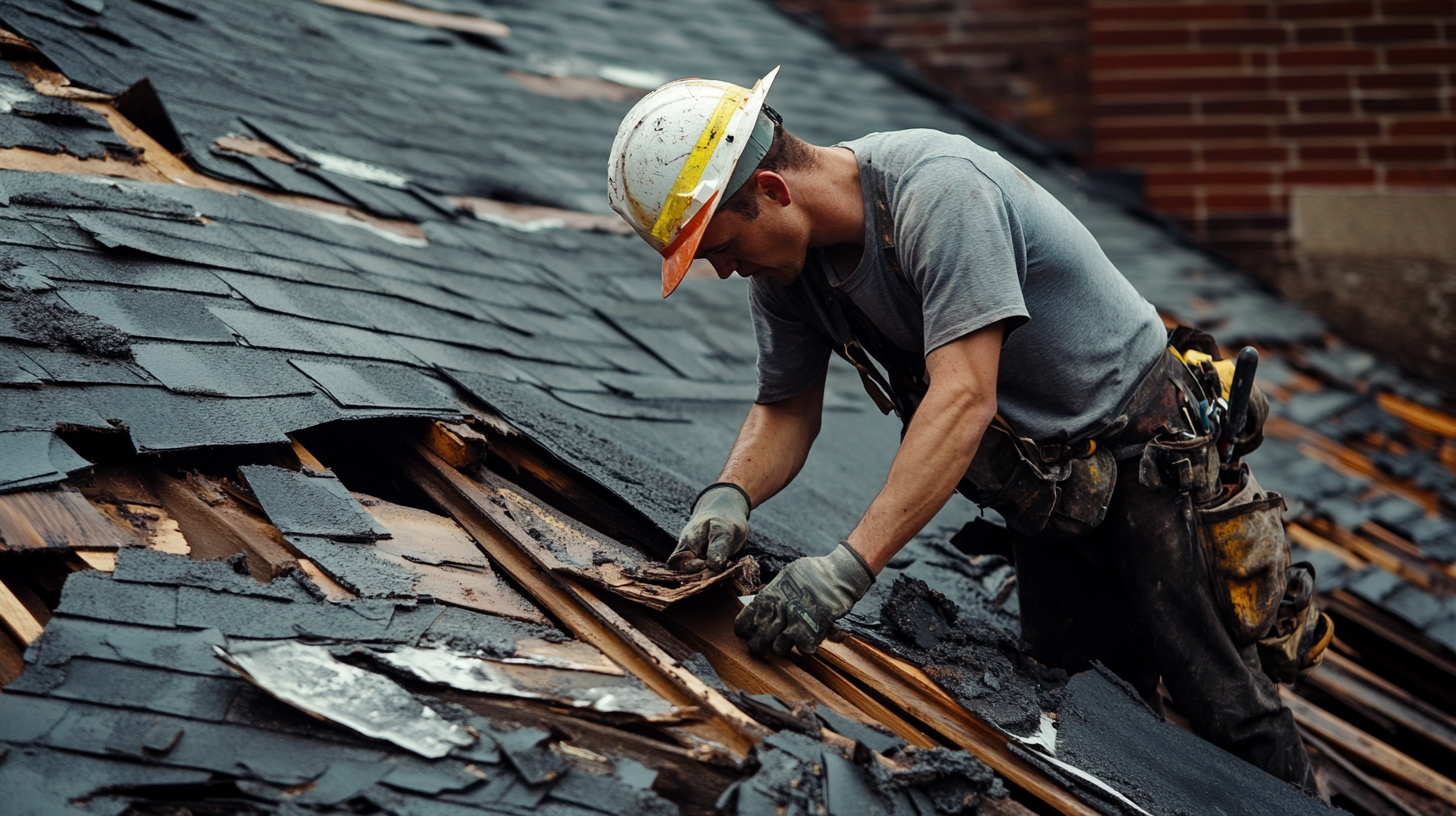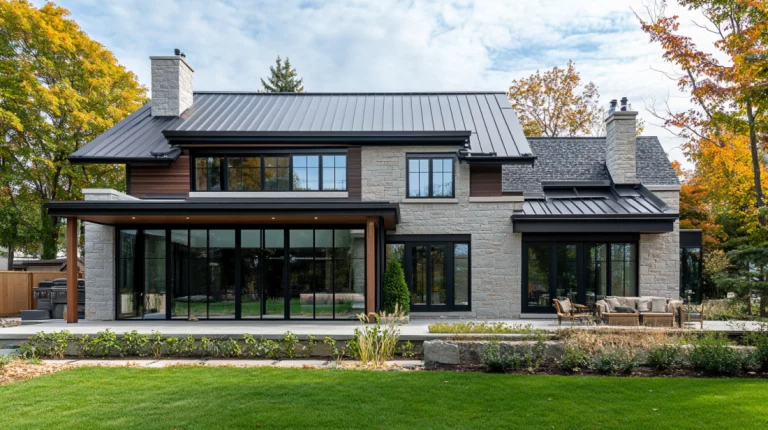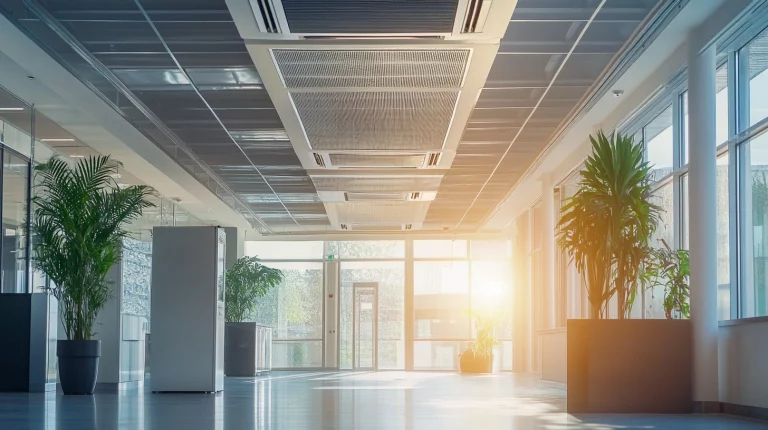7 Key Signs You Need a New Roof and When to Replace Your Roof
As a homeowner, ensuring the integrity of your home’s roof is crucial for maintaining its value and protecting your investment.
The roof is your home’s first line of defense against the elements; over time, it can show signs of wear and tear.
Recognizing when you need a new roof can save you from costly repairs and water damage in the long run.
In this article, we will explore the key signs that indicate you need to replace your roof, the best replacement materials, how to find roof repair in Wilmington, and how to budget for this important home improvement project.
What are the Key Signs You Need a New Roof?
How to Identify Curling Shingles?
Curling shingles are one of the most prominent signs it’s time to replace your roof.
When shingles begin to curl, it indicates that they are aging and no longer providing adequate protection.
You can identify curling shingles by looking for those that lift at the edges or have a cupped appearance.
This curling often occurs due to prolonged exposure to the sun and extreme weather conditions, which can cause the asphalt in the shingles to break down.
If you observe curling shingles on your roof, it is a clear warning sign that you need to assess the overall condition of your roof and consider a replacement.
What Does It Mean If Shingles Are Missing?
Another critical indication that you may need a new roof is the presence of missing shingles.
Missing shingles expose your roof to potential leaks and water damage.
If you notice that several shingles have disappeared, particularly after a storm, it’s essential to call a roofing contractors doylestown pa to inspect your roof.
Even if your roof is relatively new, missing shingles could mean that the existing roofing materials are of poor quality or that the installation was not performed correctly.
In such cases, you’ll probably need to replace parts of your roof, or perhaps even the entire roof itself.
How Does Moss Growth Indicate a Roof Replacement?
Moss growth on your roof can be more than just an aesthetic issue; it can also indicate that your roof is retaining moisture, leading to the deterioration of the roofing material.
If you notice moss, especially in shaded areas of your roof, it may be time to inspect for potential leaks or damage beneath the surface.
Moss can trap water, which can lead to significant damage over time.
If you find that moss is prevalent, consult a roofing expert to determine if a roof replacement is necessary to prevent further issues.
When is it Time to Replace Your Roof?
How Old Is Your Roof? Understanding Lifespan
The age of your roof is a significant factor in determining when it’s time to replace it. Most asphalt shingle roofs have a lifespan of approximately 20 to 25 years.
If your roof is approaching this age, monitoring it closely for signs of deterioration is prudent.
If your roof is 20 years old or older, you’ll probably need to replace your roof soon.
Regular inspections can help you avoid potential problems, ensuring your home remains protected.
What are the Signs of Wear and Tear?
Signs of wear and tear can manifest in various forms, including sagging areas, cracked or broken shingles, and granule loss.
These signs indicate that the roofing material is failing and may no longer be able to protect your home effectively. If you spot any of these issues, acting quickly is crucial.
Ignoring these signs could lead to more extensive damage and the need for more costly repairs.
Regularly inspecting your roof for these signs can help you determine when it’s time to call a roofing contractor.
When Should You Call a Roofing Contractor?
If you notice multiple warning signs or if your roof is approaching the end of its lifespan, it’s time to call a roofing contractor.
A professional roofer can conduct a thorough inspection and provide you with an informed assessment of your roof’s condition.
They can help you determine whether repair is a feasible option or if you need a complete roof replacement.
Consulting with roofing companies will also give you insight into the best materials for your new roof and the anticipated costs involved.
To ensure you’re making the right choice, it’s essential to work with the best roofing contractor, one who has experience with your specific roofing needs and can guide you through the selection process while maintaining high-quality standards.
How to Inspect Your Roof for Damage?
What to Look for in the Attic?
Your attic can serve as a key indicator of your roof’s health. When inspecting your attic, look for signs of water damage, such as discoloration on the rafters or insulation.
If you notice any signs of moisture, it may indicate that your roof is leaking.
Additionally, check for any daylight coming through the roof boards, as this could signal gaps or holes that need to be addressed.
A thorough attic inspection is essential for identifying potential issues before they escalate.
How to Check for Water Damage?
Water damage can be a silent enemy for your roofing structure.
To check for water damage, inspect your home’s interior and exterior.
Look for stains, mold, or mildew on walls and ceilings, as these can indicate leaks from your roof.
Outside, examine the roof for dark spots or algae growth, which can also suggest moisture retention.
If you detect signs of water damage, it’s vital to act quickly to prevent further deterioration of your home’s roofing materials.
What Should You Examine on Your Gutters?
Your gutters are crucial in directing water away from your roof and foundation.
When inspecting your gutters, look for granules from asphalt shingles, which could indicate shingle deterioration.
Additionally, ensure that your gutters are free from debris and functioning properly to prevent water pooling on your roof.
Clogged gutters can lead to water damage, weakening your roof’s structure.
Regularly cleaning and examining your gutters is essential for maintaining your roof’s integrity.
What Roofing Materials are Best for Replacement?
Why Choose Asphalt Shingle for Your New Roof?
Asphalt shingles are one of the most popular roofing materials due to their affordability, durability, and ease of installation.
They offer a variety of styles and colors, making them suitable for various architectural designs.
An asphalt shingle roof can last anywhere from 20 to 30 years, depending on the quality of the material and installation.
Choosing asphalt for your new roof can provide excellent protection against the elements while fitting within your budget.
Are There Benefits to Using Tile Roofing?
Tile roofing offers a unique aesthetic appeal and exceptional durability.
Made from materials like clay or concrete, tile roofs can withstand extreme weather conditions and have a lifespan of over 50 years.
While the initial cost of tile roofing is higher than asphalt, their long lifespan and energy-efficient properties can make them a worthwhile investment.
Homeowners looking for a long-term solution may consider tile roofing as a viable option when replacing their roof.
What About Metal Roofs: Are They Worth It?
Metal roofs are gaining popularity due to their longevity and energy efficiency.
They can last 40 years or more and are resistant to various weather conditions, including strong winds and heavy rain.
Metal roofing is also environmentally friendly, as it is often made from recycled materials and can reflect solar heat, reducing cooling costs in warmer climates.
While metal roofs may come with a higher upfront cost, the long-term savings and durability make them a compelling choice for homeowners needing a roof replacement.
How Much Does Roof Replacement Cost?
What Factors Influence the Cost of Replacing a Roof?
The cost of roof replacement can vary significantly based on several factors, including the size of your home, the type of roofing material chosen, and labor costs in your area.
Additionally, if your existing roof requires extensive repairs or structural support before a new roof can be installed, this will also affect the overall cost.
It’s essential to get multiple quotes from roofing companies to ensure you are receiving a fair price for your roof replacement.
How to Budget for a New Roof?
When budgeting for a new roof, consider setting aside funds for unexpected expenses that may arise during the replacement process.
It’s wise to allocate additional money for potential repairs or upgrades that may be needed once the old roof is removed.
Consulting with a roofing contractor can provide a more accurate estimate of the total cost, allowing you to create a detailed budget for your roof replacement project.
Are There Financing Options for Roof Replacement?
Many homeowners may need financing options for roof replacement.
Various roofing companies offer financing plans that allow you to pay for your new roof over time.
Additionally, home improvement loans are available specifically for projects like roof replacements.
Researching these options can help you find a solution that fits your financial situation, ensuring that you can secure a new roof without financial strain.







